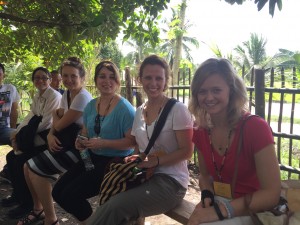In preparation for the final presentation and being able to constantly reflect back to Mindanao through my courses that I am currently in, I have been able to see how the conflict has affected women and the roles that they have today. They have carried a strong conviction throughout all the challenges they have faced to bring peace to Mindanao. Women and youth, considered to be the victims of war, are the key advocates for change. The challenges women are faced with in times of conflict are many. Women who lose their husbands somehow have to care for their children while making a living. Often they are internally displaced, in constant instability, and live without the mobility that would allow them to recover.
In many of our meetings the patriarch was strong and dominant, and it seemed hopeless for women to have a voice. When we asked to speak with the women, there were times in which the women needed to ask for permission from the men. The response we received when asking gender questions was often passed around. This might have come directly from the fact that we had 12 women staring at them when asking the questions.
What can’t be ignored is when speaking to women led groups (AFRIM, MINCODE, Women Seriously, MNLF women and the Mayor of Tulunan along with the many teachers who are guiding their students) is their persistence or their voice in the peace process. Irene Santiago a role model for all acknowledges that there is a gender perspective that should be valued. She left us with many influential words and one phrase that is still ringing in my ears; “if women negotiated a peace agreement, there would be a peace agreement.”
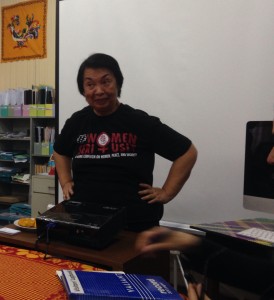
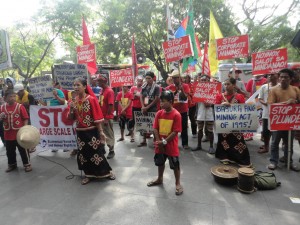

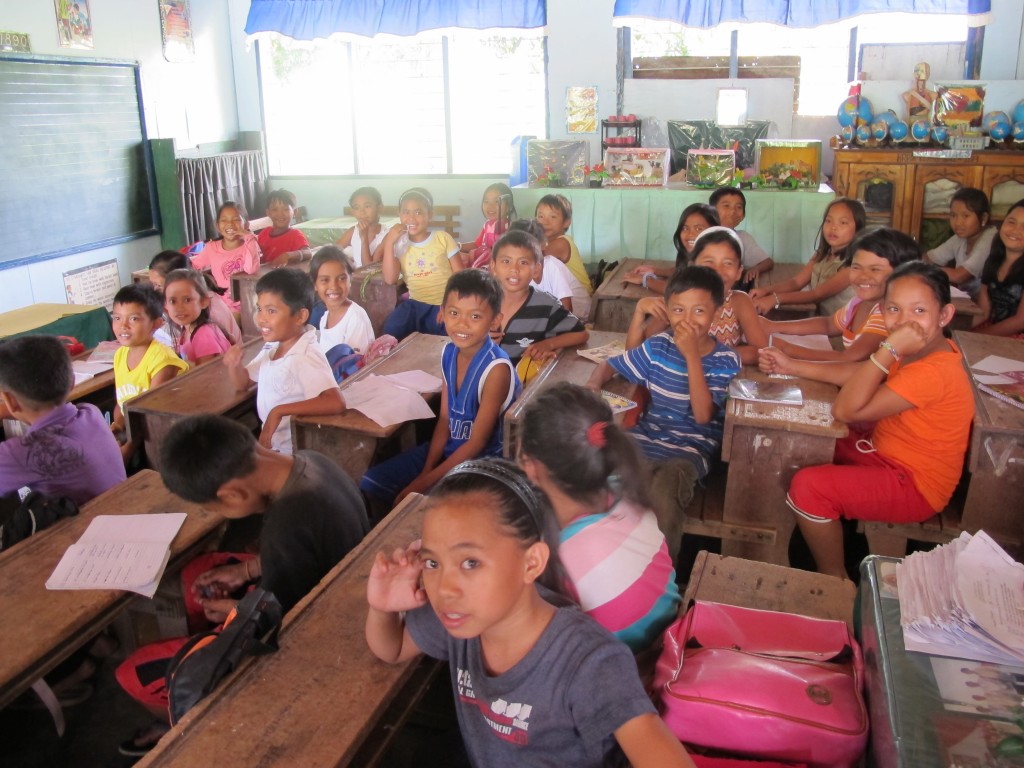

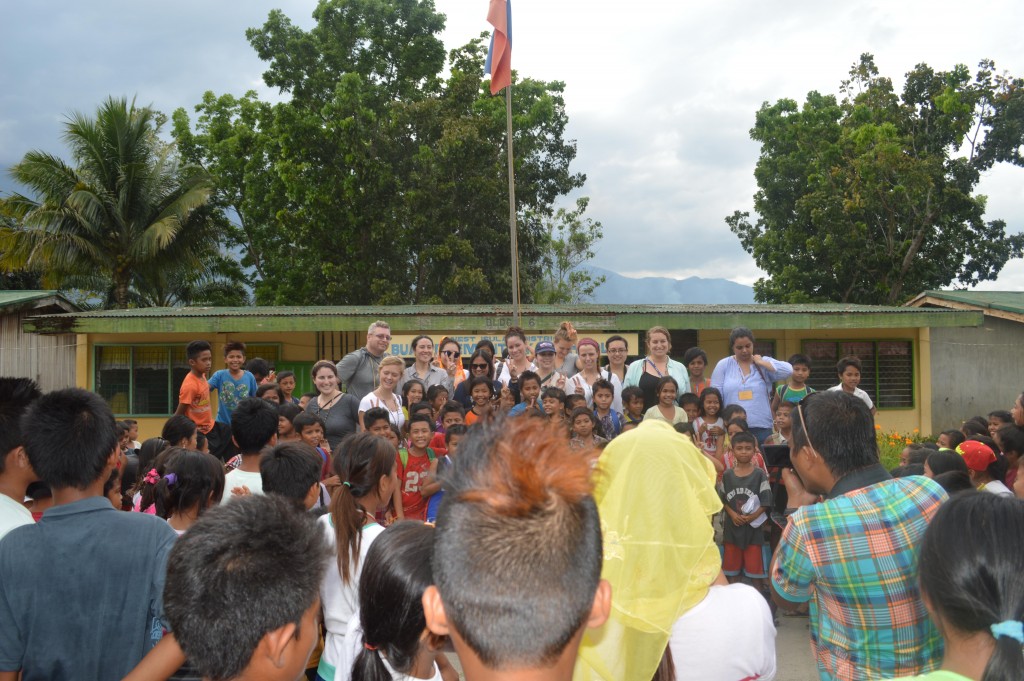
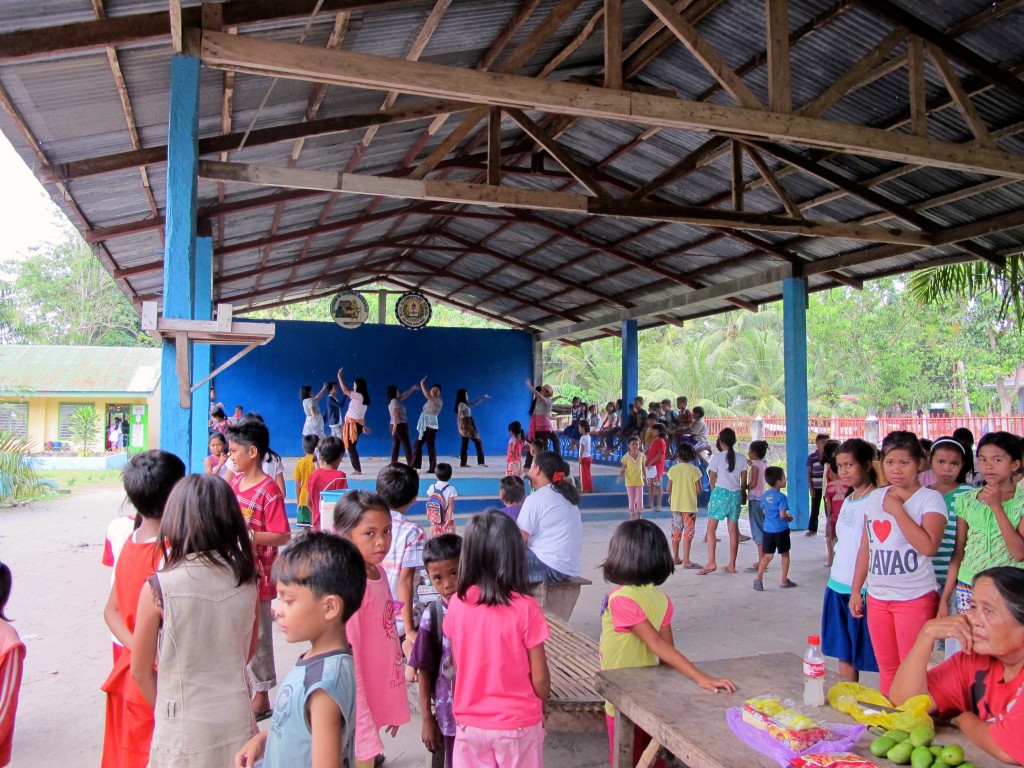
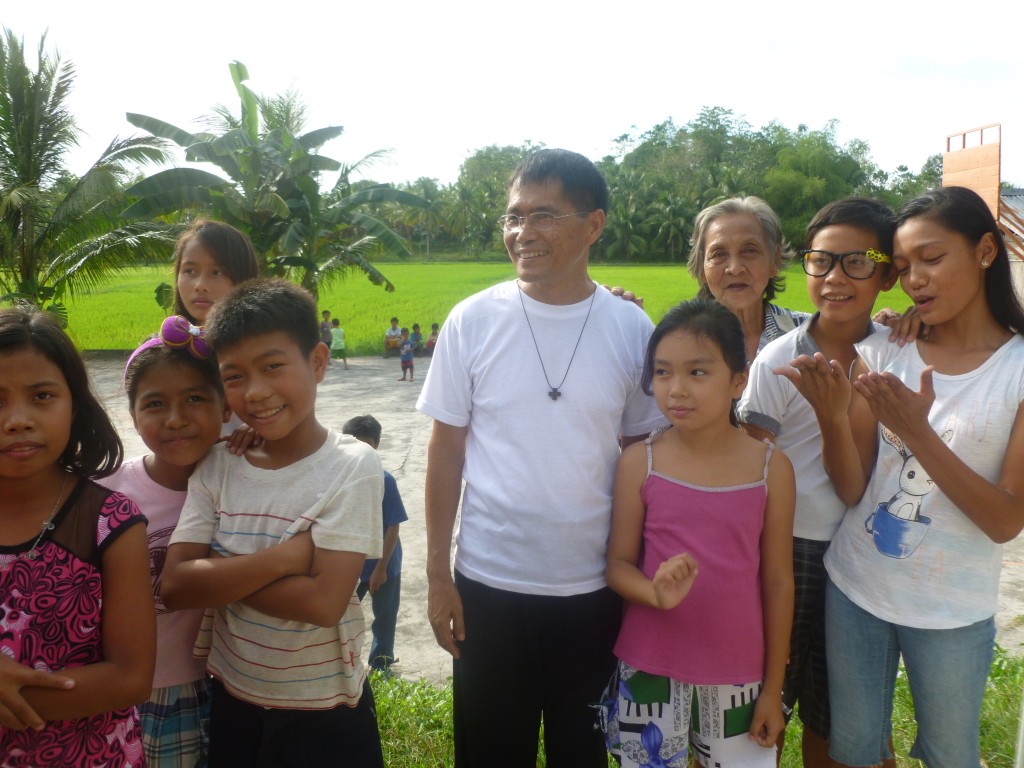
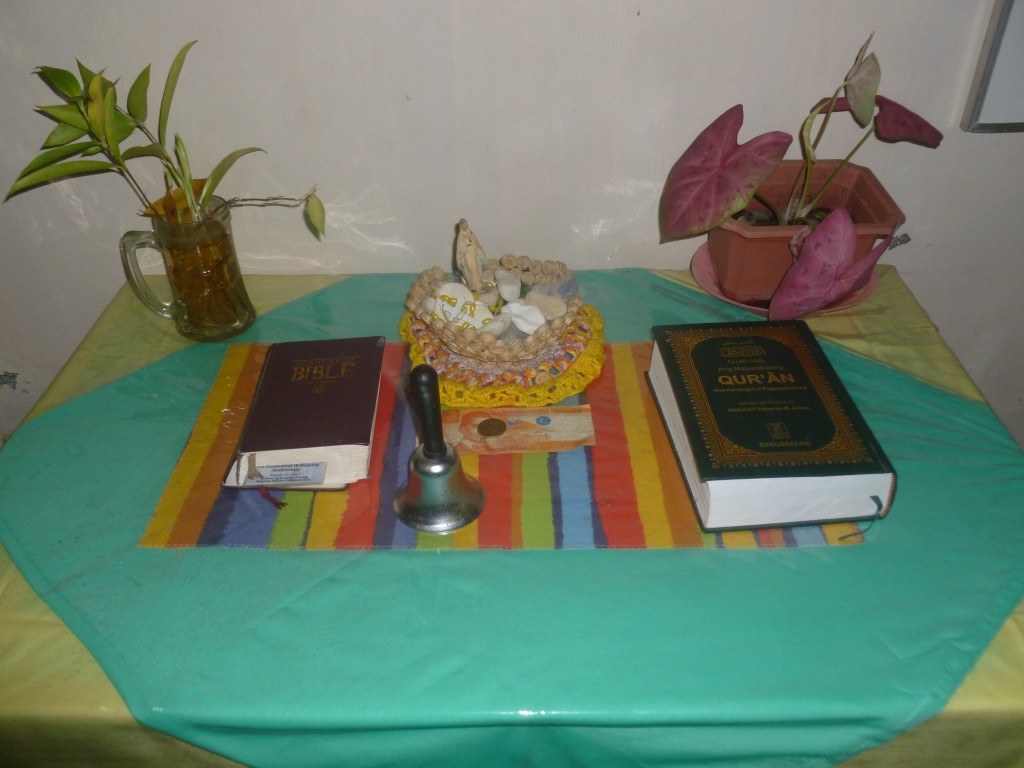
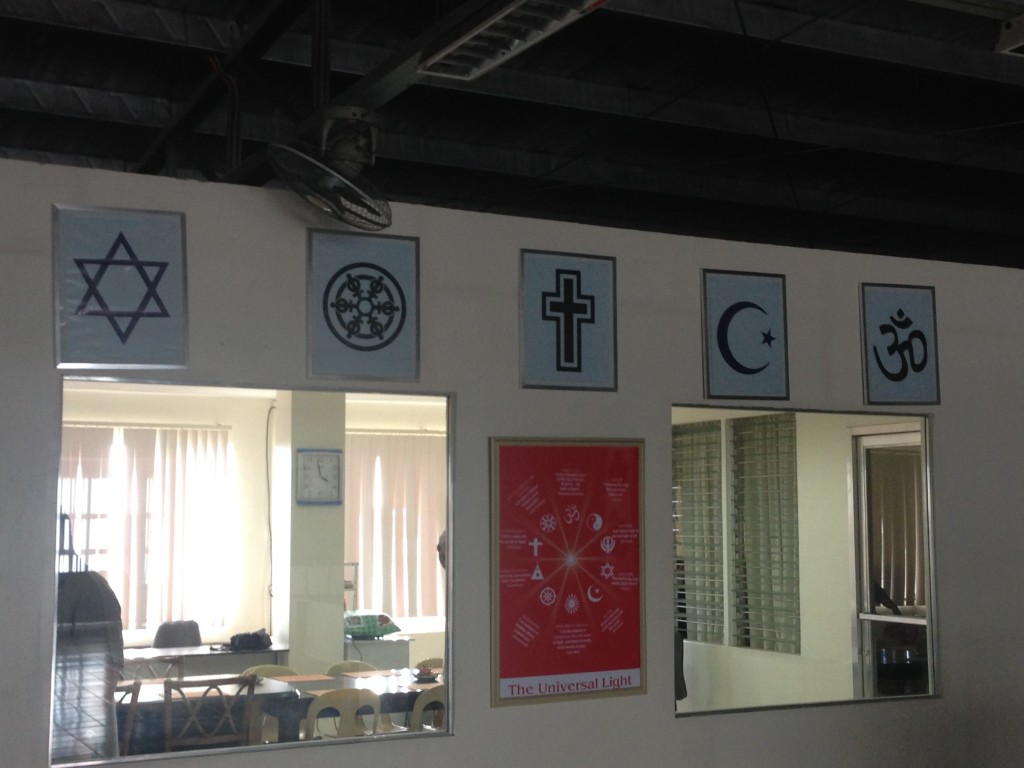

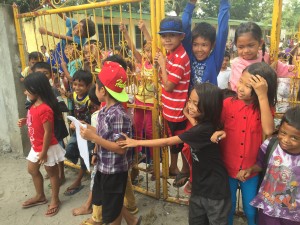
 never heard before. Where someone is harmed or killed due to their occupational successes. This happened to a peace school’s principal. I remember my own principal dying during my childhood, but it was not from murder. The thought never crossed my mind to ask, if there were other titles that existed to cause harm or death to another. Like many other children in the world, the children of Mindanao are resilient, incredibly intelligent, and super cute. I believe they will ultimately have a positive impact on the peace process and society.
never heard before. Where someone is harmed or killed due to their occupational successes. This happened to a peace school’s principal. I remember my own principal dying during my childhood, but it was not from murder. The thought never crossed my mind to ask, if there were other titles that existed to cause harm or death to another. Like many other children in the world, the children of Mindanao are resilient, incredibly intelligent, and super cute. I believe they will ultimately have a positive impact on the peace process and society.
